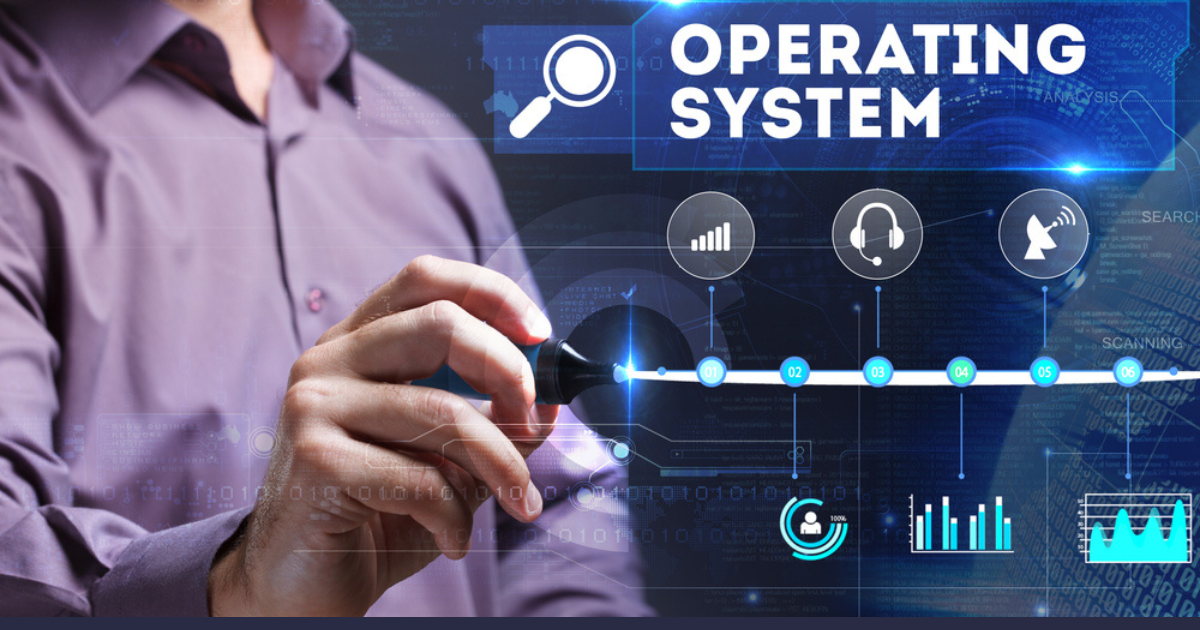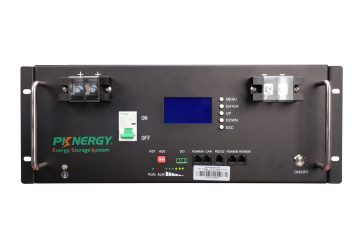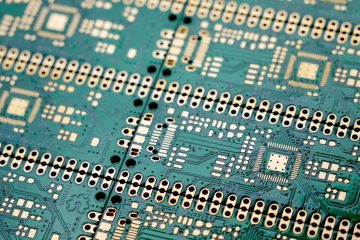A computer can only carry out certain tasks with the help of software, which is a set of guidelines or instructions. Software can be broadly divided into two categories: system software and application software. The primary program on a computer that has direct access to the hardware of the system is called system software. It looks after and keeps an eye on all the other computer processes.
Application software is extra software installed on a computer that is designed to carry out a particular task. This application software is directly accessible to users and is not required in a system. Without this application software, the system is functional.
Operating System
An operating system is a type of system software that stands between the hardware and the user. It controls every piece of hardware. The operating system is a crucial component of a computer system because it offers a platform for users to engage with different apps, run programs, and access hardware, among other things.When the computer is turned on, the operating system launches first. When the machine boots up, BIOS will launch the operating system. It controls memory allocation,storage management, hardware, and other application software.
Hardware Abstraction:
By offering a consistent interface for communication, the operating system (OS) protects users and application software from the intricacies of the underlying hardware. This abstraction layer makes sure that software works with multiple hardware setups and runs smoothly across them.
Resource Management:
One of the most important functions performed by the operating system is the effective allocation and management of hardware resources, including memory, peripherals, and CPU time. The OS optimizes resource utilization to improve system responsiveness and performance using complex scheduling algorithms and memory management strategies.
Process and Task Management:
The operating system handles the difficult task of juggling several concurrent processes and tasks with grace. The operating system (OS) coordinates the execution of many software entities, guaranteeing equitable distribution of computational resources, from process scheduling and synchronization to inter-process communication.
File System Management:
The operating system is responsible for arranging and overseeing the enormous amounts of data kept on storage devices. The operating system (OS) enables effective data management and access control through the implementation of file systems that regulate the storage, retrieval, and manipulation of files and directories.
Support for Device Drivers:
Device drivers allow hardware devices, such as network adapters and printers, to interface with the operating system. The operating system (OS) offers a structure for incorporating and overseeing device drivers, facilitating smooth communication between software programs and hardware elements.
Application Software
A software development program that can carry out a particular duty is called application software. Either a personal or business task may be completed. The user has access to this software, and it exists only to fulfill the needs of the user.
Installing application software is done by the user. Depending on what they need, users might use different application software. Numerous application programs are installable on a computer. We can run many applications at once.
Applications include social media programs, online browsers, messaging services like Whatsapp, and games like Candy Crush. This software requires direct user interaction from the user to complete tasks.
Task-certain Functionality:
Application software is created with the express purpose of completing certain tasks or meeting the demands of a particular user. Word processing, graphic design, accountancy, and gaming are just a few of the applications that have specific functions and capabilities.
User Interaction:
Through user-friendly interfaces and interactive features, application software directly engages users, in contrast to the operating system’s background functions. Applications offer ways for users to submit commands, manage data, and visualize results. These methods include graphical user interfaces (GUIs) and command-line interfaces (CLIs).
Dependency on OS Services:
Although application programmes run separately from one another, they are dependent on the operating system’s underlying services and resources. Applications use operating system functions to carry out activities like file access, network communication, and resource management.
Diverse Categories:
There are a plethora of categories within the application software environment that are specifically designed to cater to the interests and domains of various users. The range of application software is as diverse as the needs of its users, spanning from gaming apps and communication platforms to office suites and multimedia tools.
Conclusion
Operating systems provide the fundamental functions and resource management that allow computer systems to work, whereas application software targets individual user wants and preferences by supplying functionality that is specifically needed and promoting user involvement. Moreover, app development by leading companies like Hashlogics plays a crucial role in creating these software solutions. Together, these two pillars create the basis of contemporary computing, influencing the digital world and enabling users to complete a wide range of tasks.




